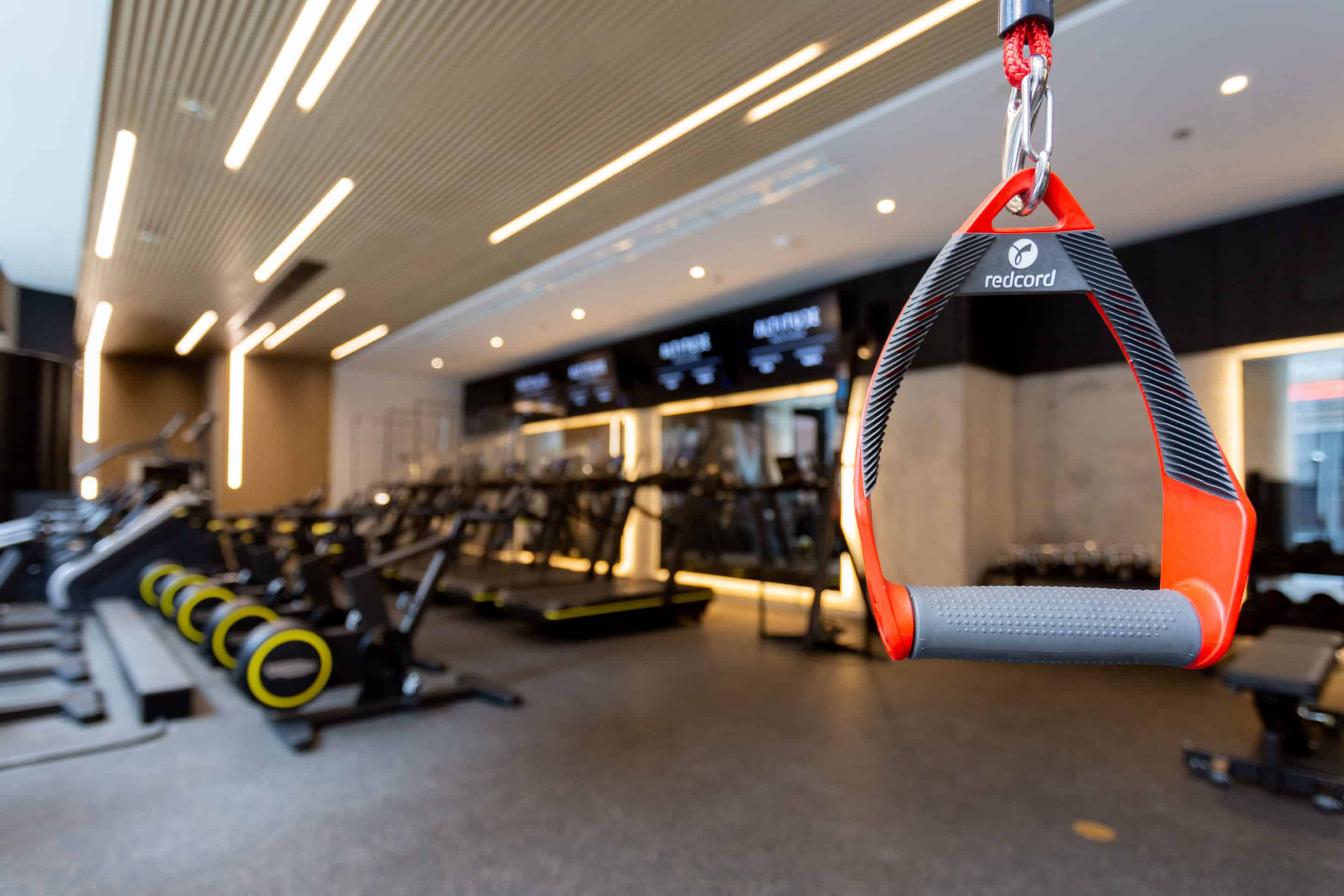So what exactly is a Red Blood Cell? And what does it do?
If you have been around endurance sports for long enough, you’ve definitely heard a coach, a training partner, or a Tour de France broadcaster mention something about red blood cells and how they are important for aerobic exercise. But, what are they, really? And how do they work?
Red blood cells (also called erythrocytes) are miniature concave saucers, and exist in trillions in our blood stream. Their main function is to carry oxygen from the lungs to the working muscles. They are important, because muscles need oxygen to perform aerobic exercise.
Red blood cells move oxygen with the help of haemoglobin, a red protein that gives the cells its colour. Millions of haemoglobin molecules bind, or grab, four oxygen molecules in the blood. Then, the red blood cells shuttle the molecules to working muscles.
Look at it this way: if we are oxygen, red blood cells are public transit. The more shuttles we have, the more efficiently we get to where we want to go.
The more red blood cells we have the more haemoglobin we can carry the more oxygen we can transport to working muscle the better our muscles exercise the slower we tire.
Recap: if you’re an endurance athlete, you want those red blood cells.
But, can we control the amount of red blood cells that we have? Can we train our bodies to make more?
Red blood cell count is in part genetically determined, but yes, it can be manipulated. The body can start producing more red blood cells when exposed to low-oxygen (or hypoxic) conditions. Here is how it works:
Does erythropoietin (or EPO) sound familiar to you? Think of Lance Armstrong confessing to Oprah about illegally using extra doses of it, nearly 10 years ago.
We don’t have to be doping to use EPO: we each have a natural source of this good stuff inside of us. When little oxygen is available in our surroundings, the kidneys secrete EPO, which binds to cells in the bone marrow that produce more red blood cells.
In short: Exposure to a low-oxygen environment can increase red blood cell count, and increasing red blood cell count can improve aerobic performance.

How to increase my own red blood cell count:
It is common practice to train at altitudes of 6,000 to 10,000 feet, in order to increase red blood cell count. Individuals can see an initial spike in red blood cell count as early as 24 to 48 hours after the first training bout at altitude, and tend to see a real change after three weeks to a month of low-oxygen training. That is why it is common to hear of athletes training at altitude for a month, before coming down to race. Read more about the science behind altitude training here.
How do I know if my red blood cell count is increasing?
A simple blood test can reveal your hematocrit, which is the ratio of your volume of red blood cells to the total volume of your blood. This value can reflect changes in your red blood cell count. We recommend that you regularly monitor your blood profile when training in a low-oxygen environment, so that you can understand how you are responding to the training.
Keep in mind: Before you experiment for yourself, know that changes in red blood cell count might vary with the elevation at which you choose to train, the fitness and training background of athletes, and the person to person variability of EPO production.
The bottom line: If you fancy getting faster, training up high and tapping into your very own natural source of red blood cells (I said natural, Lance) is absolutely worth a try.


